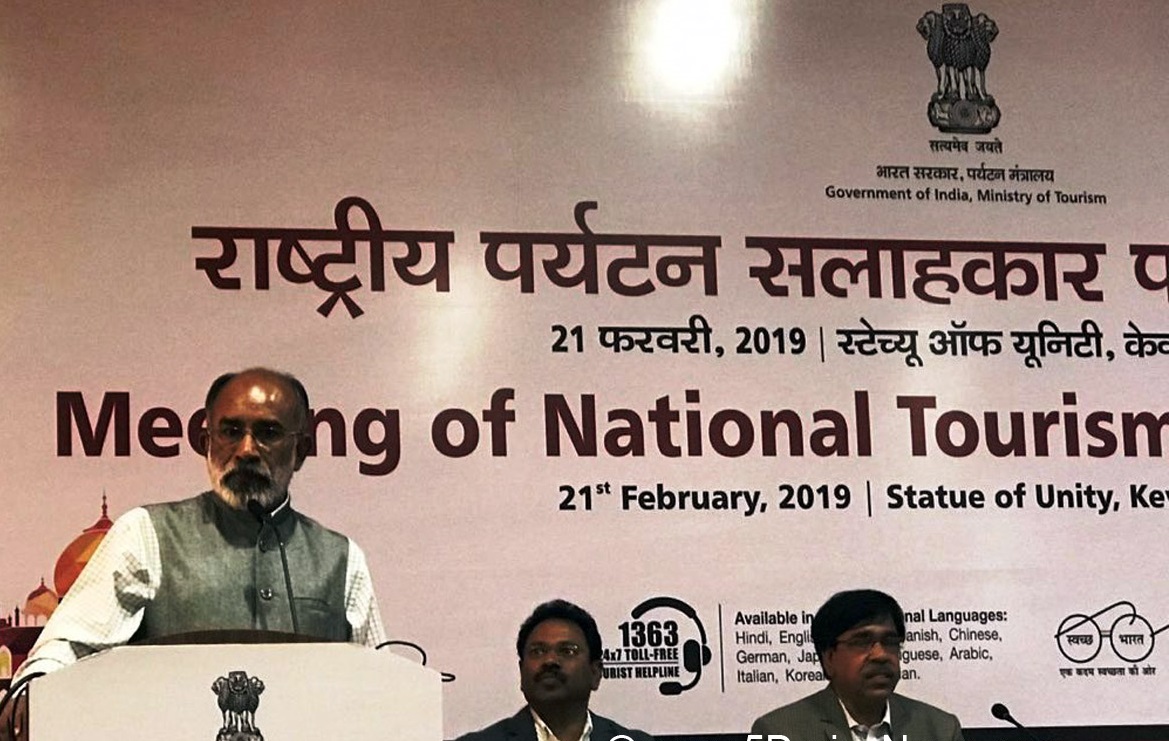
India has enhanced the bilateral seat entitlement with Oman, allowing additional flights between the two countries. The move will enable Oman Air to launch extra flights to India and offer better onward connections.
The revision took place at International Civil Aviation Organization (ICAO) negotiations in Turkey last month. The Indian government held discussions with Qatar at the event but did not negotiate for additional seats with the Gulf state.
According to the revised agreement between India and Oman, carriers from both countries can fly 5,131 additional seats per week between the two countries taking the total capacity entitlement to 21,149 seats per week.
“A MoU (Memorandum of Understanding) was signed with Oman whereby, additional 5,131 seats were granted taking the total capacity entitlements from 16,018 seats per week to 21,149 seats per week for both sides,” said a press statement issued by the Union civil aviation ministry here on Thursday.
At present, only Oman Air flies 15 daily flights to 11 destinations in India. It has double daily frequencies to Mumbai, Delhi, Hyderabad and Chennai and plans to increase flights to Bengaluru, Kochi and Kozhikode. Indian carriers too could benefit with the expansion of traffic rights and IndiGo is planning to launch a flight between Kochi-Muscat. At present Air India, Air India Express, IndiGo, Jet Airways and SpiceJet fly to Muscat.
The decision to increase traffic rights will help Oman Air’s demand to expand its operations to India. The airline recently introduced service between Muscat and Goa and does fly passengers from India to Europe and also to Egypt, Jordan and Saudi Arabia. For Oman Air, around 26 per cent of its business comes from the Indian sub-continent.
New flights to India will allow Oman Air to offer better onward connections to Europe with lesser transit time at Muscat. However, Oman Air has a smaller fleet and limited network in comparison to the big three Gulf Airlines – Emirates, Etihad and Qatar Airways.
According to the press statement, the Indian delegation also held discussions with the delegation from Qatar; however, no seats were revised between the two countries. While Qatar has been pressing for an increase in traffic rights, Indian carriers are not enthusiastic, as they have been unable to utilise their full quota of seats for Doha.
“The Indian delegation also met the delegations from Greece, Serbia, Qatar, European Union, and Brunei Darussalam and discussed about expansion of air services between India and these countries,” said the press release.
The government also signed agreements with Kenya and Ethiopia to change the airport landing rights. It signed agreements with Finland, Kazakhstan, Sweden, Norway and Denmark on other conditions.
The negotiations took place at the International Civil Aviation Negotiations Conference at Antalya, Turkey on 19-23 October this year. The conference was attended by 106 countries out of the 191 countries affiliated to ICAO.
At present, countries sign air service agreements, through bilateral negotiations to decide the flights or seats per week to be allowed between the two countries. There are various clauses to the agreement, which puts restrictions on flights, seats or even landing points.
India and Kenya agreed to increase the frequency of flights between the two countries from 14 to 35 per week and Hyderabad was allowed as an additional point of call (or airport) where the Kenya airlines can land. At present, airlines from Kenya are allowed to fly to Delhi and Mumbai but only Kenya Airways flies to Mumbai at present. Air India used to fly to Nairobi but suspended flights few years ago and Jet Airways has a code share with Kenya Airways.
Further, the Indian carriers have been allowed to fly onward from Nairobi to other countries in Africa.
Carriers from India and Ethiopia can increase the frequency of flights from 21 to 28 per week for both the sides. “Ethiopia was allowed to exchange Bengaluru in place of Kolkata as a point of call,” the press release read.







Leave a Reply
You must be logged in to post a comment.